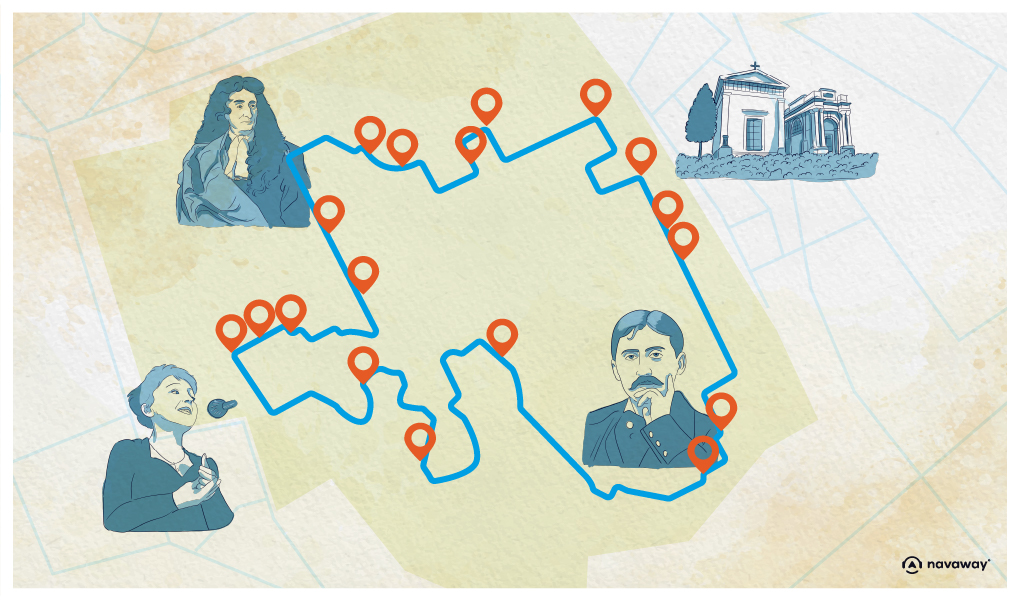
War Memorials
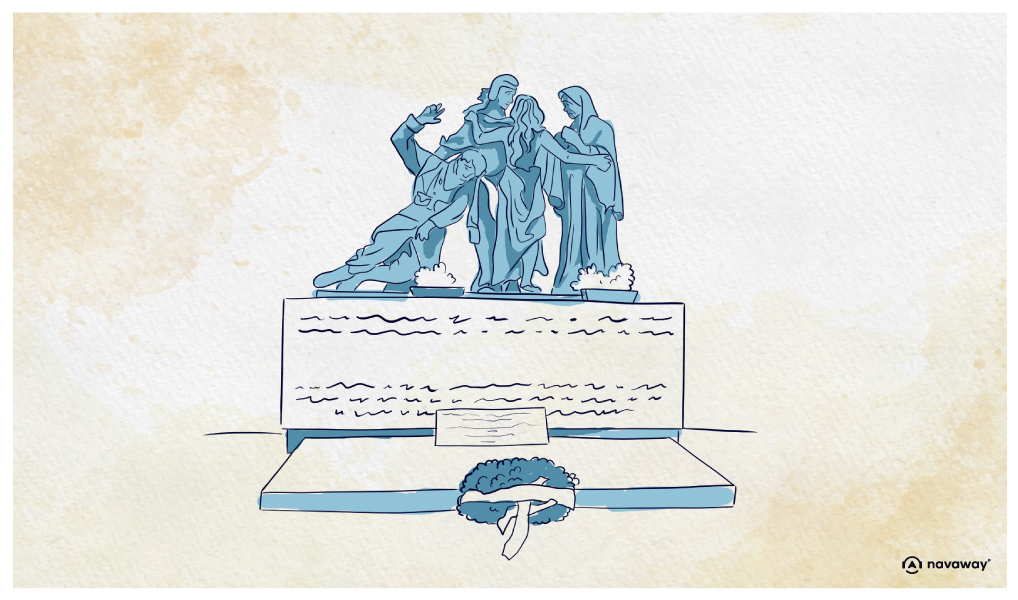
This point of interest is available as audio on the tour: Visit Paris, Père Lachaise : The Cemetery of the East
It’s time to pay our respects to the site’s many war memorials. The cemetery path you’re walking along is called the Avenue of Foreign Soldiers Who Died for France. Around you, there are various plaques dedicated to Belgian, Armenian, Polish, Czechoslovakian, and Italian soldiers who died for France during the First World War, from 1914 to 1918. Let’s start with the Belgian memorial in front of you. Built in 1922, it was designed by Belgian architect Henry Lacoste. The names of fallen soldiers are engraved behind the monument. It also contains the remains of an unidentified Belgian man, accompanied by an inscription that reads: “Here lies an unknown Belgian soldier”. Now, let’s turn to your left, you’ll see the Italian soldiers’ monument, created by Alberto Cappabianca in 1934. On the pedestal, there’s a statue of a young woman wearing a Phrygian cap —the symbolic headwear of Marianne, who represents the French Republic. The woman is seated, watching a man lying in front of her, his head resting on her knees. The words Justitia — justice — and Libertas — liberty — are carved into the stone, with the names of those who died in combat. At the far right end stands the monument for the Czechoslovak legionnaires. Also inaugurated in 1934, it features a marble slab and a grey marble pedestal. Like the Italian one, the sculpture features a woman wearing a Phrygian cap, to symbolise the Republic. She holds a soldier’s hand with her right, while her left hand reaches out to comfort two other women. This was created by the Czech artist Karel Dvorak and gifted to the cemetery by Prague. Just a few steps away, behind you is the monument to Polish soldiers. The memorial features a bronze royal eagle, holding a globe with a cross on its head. Created by Polish artist Marek Moderau, the inscription reads: “To the Poles who died for France”. In front, you’ll find the monument for Armenian soldiers, paying tribute to the victims of the First and Second World War. It’s an octagonal bell tower, reminiscent of beautiful Armenian chapels. Designed by several architects, including Bernard André, it was inaugurated in 1978. These monuments are powerful reminders of a painful past — one that we can never forget.

Discover other tours to visit Paris

Discover Paris with app
An interactive guide through the most beautiful streets, squares, and districts
22 fun audioguides full of historical facts, anecdotes, and legends
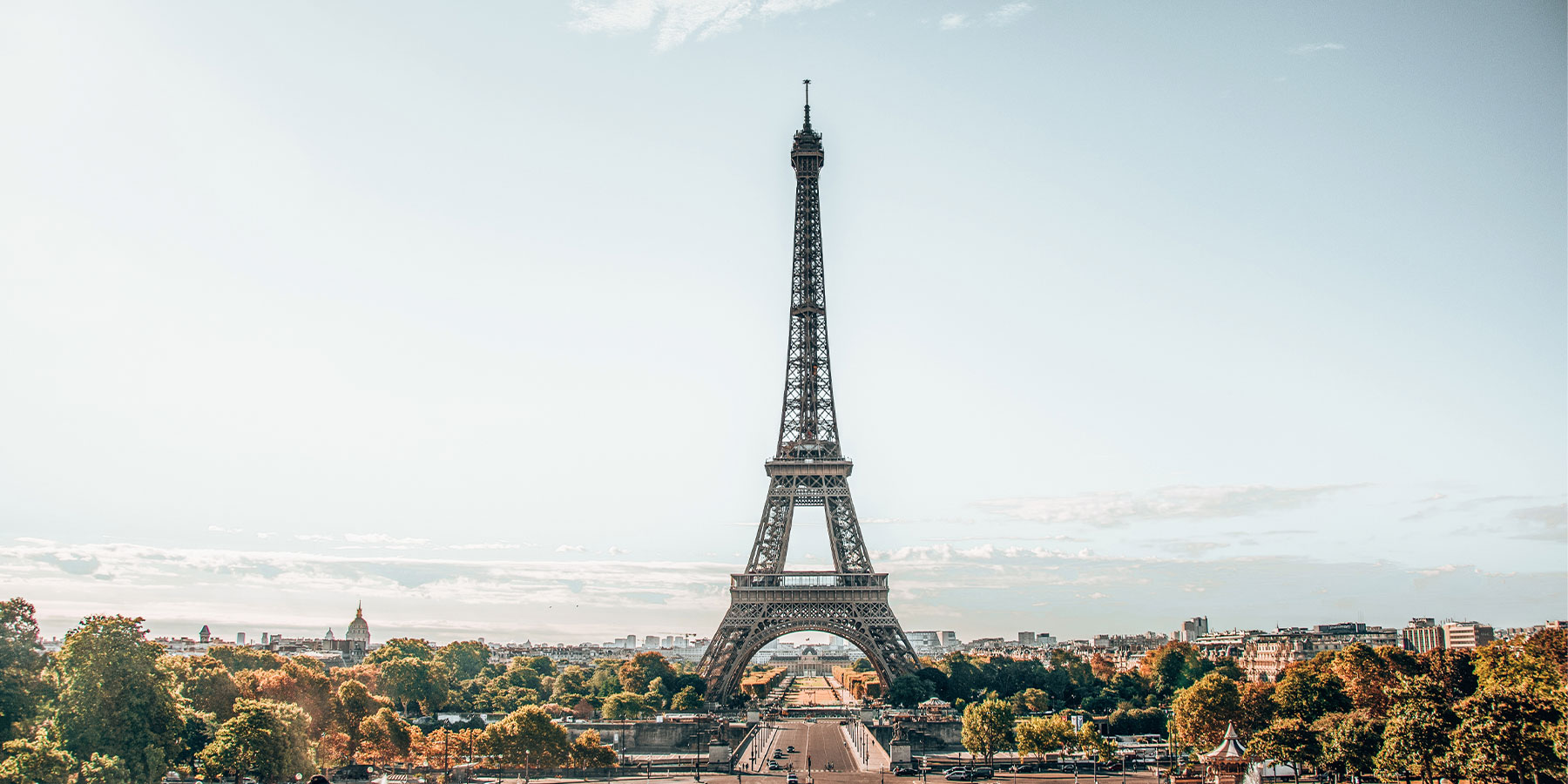

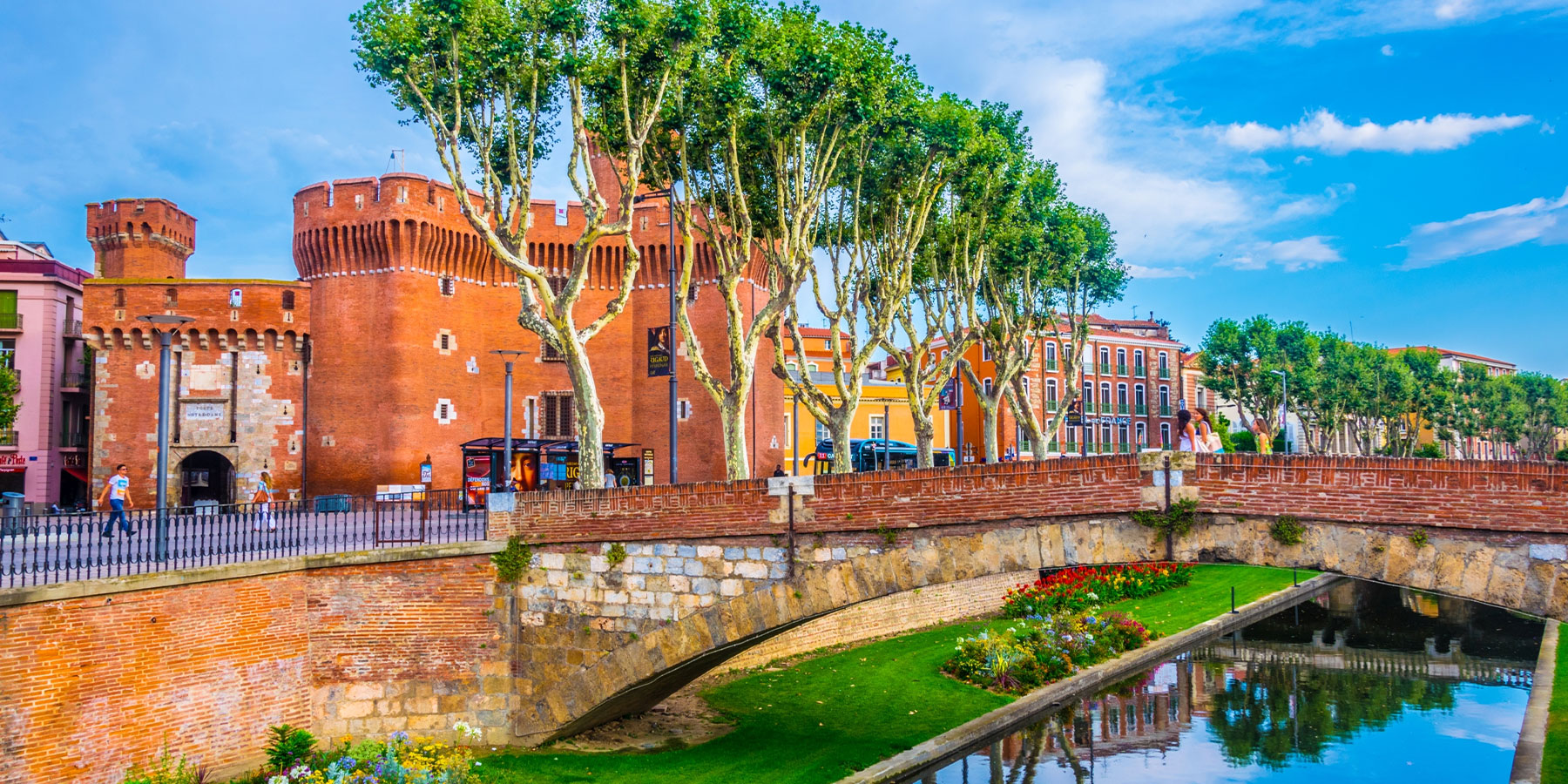
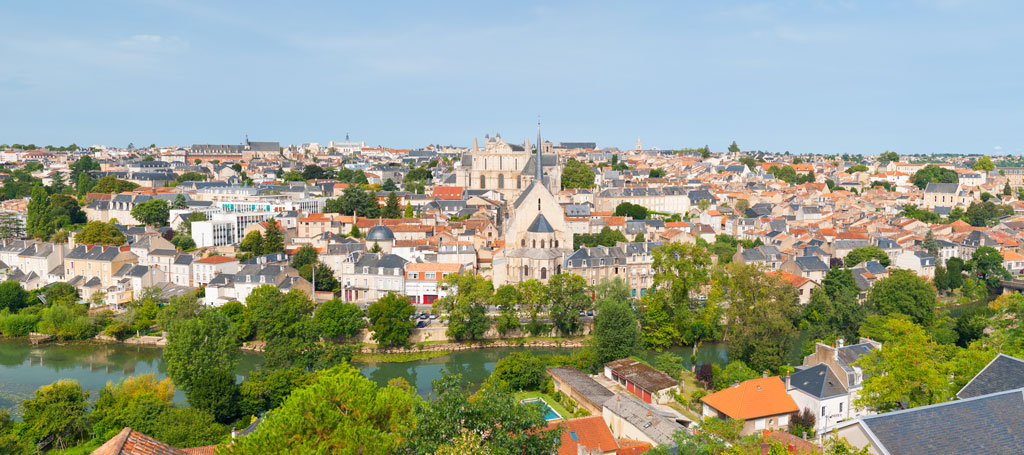


Comments